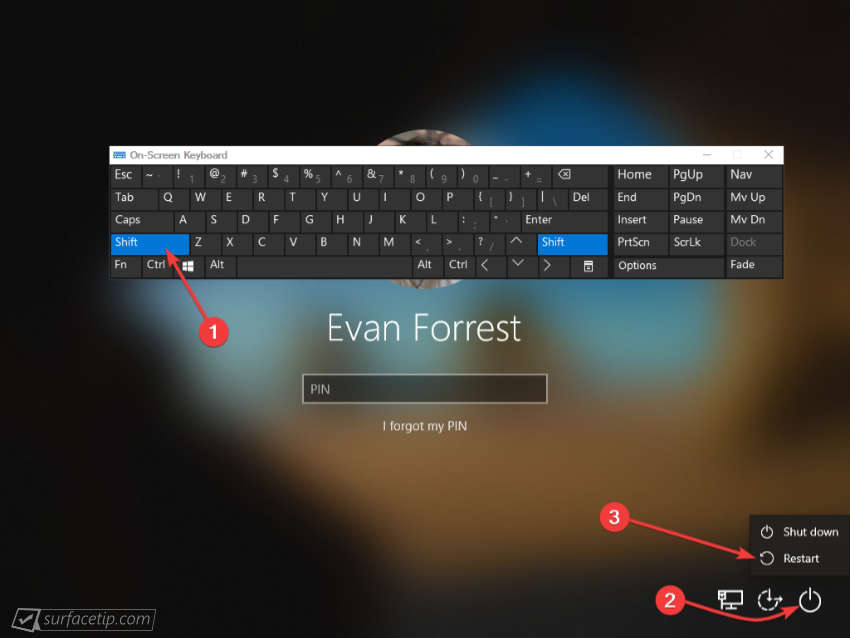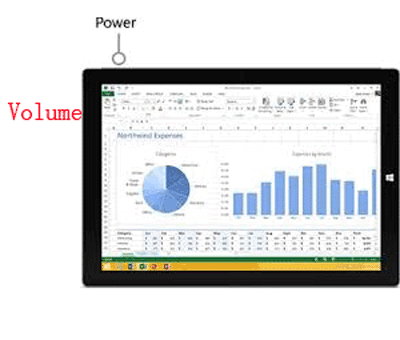

The earlier in the boot process that malware can hook in the more likely they can: Microsoft).Īt each stage of the boot process certain pieces of code (drivers, system services, etc) are being registered with the operating system.

#Easy to boot surface pro 3 drivers#
Secure boot also ensures that the system drivers are signed by a trusted certificate authority (e.g. Now that the OS is in a trusted boot state it begins loading the kernel, system drivers, etc. Now that's not the end of a secure boot process. The TPM combined with the UEFI is what allows for the verification of the boot loader, and the loading of an operating system. TPMs can be used to store keys, or perform encryption/signing/verification routines. This is where Trusted Platform Modules (TPMs) are used. Users can add their own trusted authorities to this database in order to enable the loading of non-Microsoft operating systems. The EUFI contains a database of registered trusted authorities. As long as the boot loader is signed by Microsoft, and verified by the UEFI then the boot loader is started. For an operating system generally only the manufacturer is trusted, e.g. In this case, if enabled, the UEFI is started before anything else and checks that the boot loader is signed by a trusted Certificate Authority. Now secure boot in general means that the boot loader is only run if its integrity can be checked. There are quite a few steps to booting Windows 8.


 0 kommentar(er)
0 kommentar(er)
